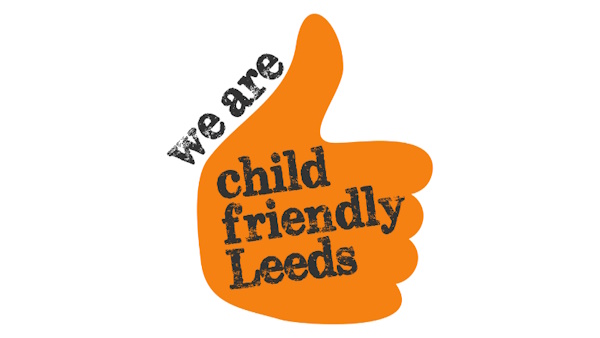What are joint area SEND inspections
In January 2023, OfSTED and the Care Quality Commission (CQC) adopted a new inspection framework for the inspection of local area arrangements for children and young people with special educational needs and disabilities (SEND). The framework replaces the previous SEND inspection framework, under which Leeds was inspected in 2016.Area SEND inspections will explore the extent to which local areas are meeting their legal responsibilities, as well as the impact that local area partnerships have on the lives of children and young people with SEND. The framework also evaluates the local authority’s commissioning and oversight of alternative provision.
The 2023 framework introduced three possible inspection outcomes:
- the local area partnership’s SEND arrangements typically lead to positive experiences and outcomes for children and young people with SEND. The local area partnership is taking action where improvements are needed
- the local area partnership’s arrangements lead to inconsistent experiences and outcomes for children and young people with SEND. The local area partnership must work jointly to make improvements
- there are widespread or systemic failings leading to significant concerns about the experiences and outcomes of children and young people with SEND, which the local area partnership must address urgently
Each local area is inspected at least once during a five year period (or more frequently depending on the previous inspection outcome). Local areas are also subject to themed inspections and an annual engagement meeting with Ofsted and the CQC to explore their self-assessment of their SEND system and future development plans.
How the inspections are carried out
Inspections take place over three weeks. In week one, the local area provides inspectors with lists of children and young people with SEND and information about how education, health, and care partners commission and deliver services. Inspectors select a sample of six children and young people for ‘tracking’, exploring the support they have accessed, their experiences and outcomes. The local area also needs to share surveys with all children and young people with SEND, their parents or carers, and practitioners. The surveys give families and practitioners a voice in the inspection, and will influence inspectors’ judgements.
In week 2, inspectors will aim to have virtual meetings or calls with all the children and young people they are ‘tracking’ and their parents and carers (if they consent) and the education, health, and/ or social care practitioners who work with the child or young person. They will also meet virtually with leaders and practitioners across our local services.
In week three, inspectors are on-site for fieldwork, including meetings with leaders and practitioners and visits to a sample of local education, health, or care settings. During visits to settings, inspectors will evaluate children and young people’s experiences and outcomes by reviewing documents and records, and talking to practitioners. The settings visited are not subject to evaluation or judgement under this inspection, but their records and practice will be scrutinised for how effectively local partners work together to improve experiences and outcomes for children with SEND.
How providers and services are involved
Inspectors visit a number of schools and education settings, and health and social care settings services. They also meet with a sample of children and young people with SEND, their parents or carers, and a group of the key practitioners supporting their education, health, and care. These visits and meetings help inspectors to understand local services, and learn about the experiences and outcomes of children and young people accessing services and support.
The schools, settings, and services visited by inspectors are not subject to judgement under this inspection framework, because they are already subject to inspection (for example Ofsted inspections of individual schools). Visits help inspectors to draw wider conclusions about how effectively services in Leeds work in partnership.
The scope of the inspection covers children and young people who live in the local authority area, including those educated out of area. It does not cover those who live in other areas but attend an education setting within the local authority’s boundaries.
How inspectors judge local areas
The inspection framework sets out the evaluation criteria inspectors use to judge the local area. The criteria is set out in detail in the inspection framework and handbook.
Inspectors evaluate the effectiveness of the local area partnership’s SEND arrangements and the experiences and outcomes of children and young people with SEND, including the extent to which:
- children and young people’s needs are identified accurately and assessed
- children, young people and families participate in decisions about plans and support
- children and young people receive the right help at the right time
- children and young people are well prepared for their next steps, and achieve strong outcomes
- children and young people are valued, visible and included in their communities
Inspectors evaluate how the local area partners work together to plan, evaluate and develop the SEND system, including the extent to which:
- leaders are ambitious for children and young people with SEND
- leaders actively engage and work with children, young people and families
- leaders have an accurate, shared understanding of the needs of children and young people in their local area
- leaders commission services and provision to meet the needs and aspirations of children and young people, including commissioning of alternative provision
- leaders evaluate services and make improvements
- leaders create an environment in which effective practice and multi-agency working can flourish
More information
The full inspection framework and handbook is available online.
Printable version
